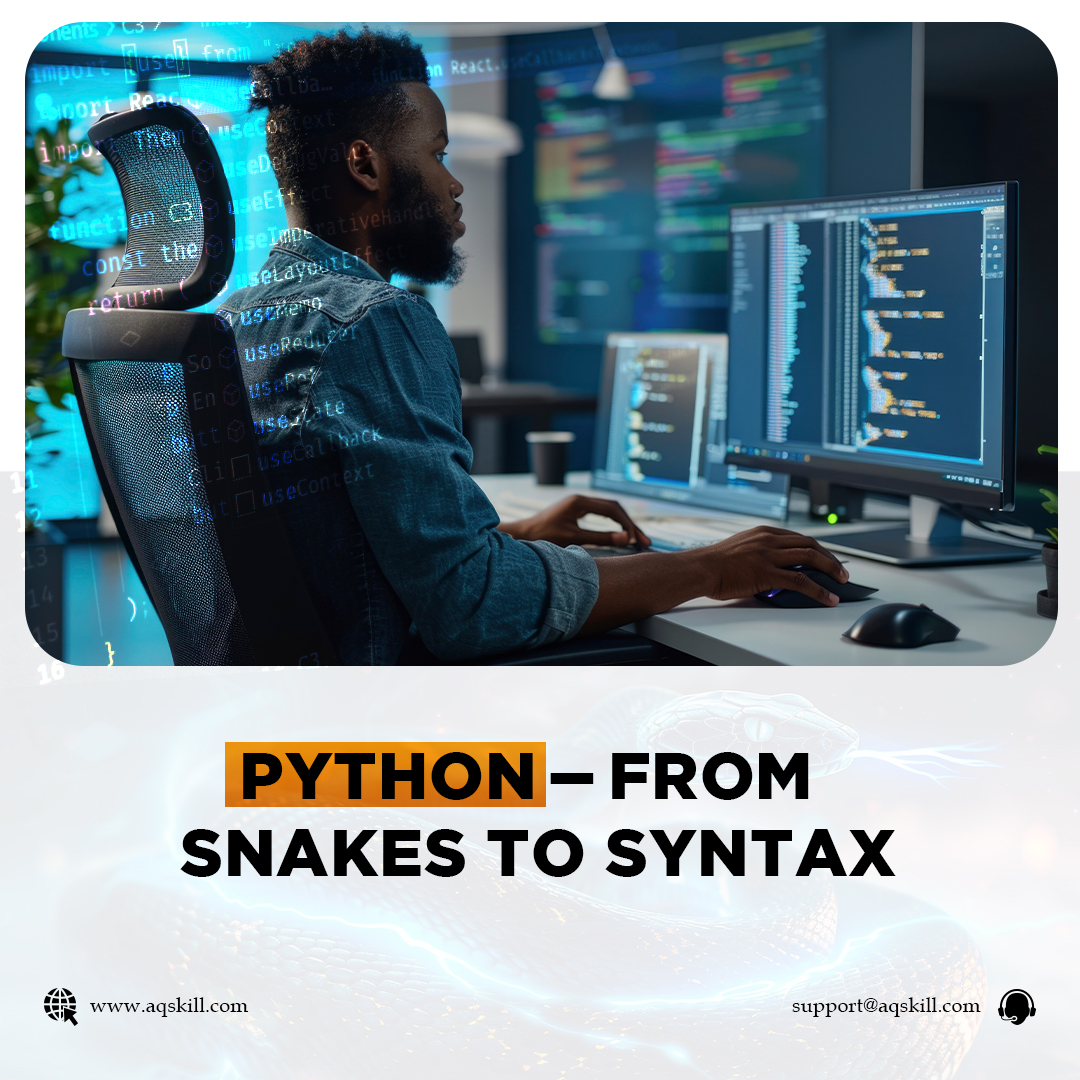Python: From Snakes to Syntax.
Before we begin, dear reader, take note that this topic is not an obscure one. I’ve made sure it is written in a language you’d find easy to understand. Mark the keywords: “language” and “easy to understand.” You’ll need them for later.
Languages are a means through which we convey our thoughts, express feelings, and interact with others. In the digital world, languages are a means through which we interact with computers.
The apps you use, the games you play, the net you surf, and every other thing you do with your electronic devices have only been made possible because someone asked the computer to do it.
Good. Now that we’ve properly written the “docstring,” let’s dive into the body of the code.
As far as languages go, the easiest to learn and understand is, by far, the almighty Python.
Python is a language known for its simplicity and wide range of applications.
Deep learning—the technology behind self-driving cars, facial recognition, voice assistants, and language translation—has its foundation in Python. No wonder it’s popular among “tech bros.”
The reason you haven’t learned to code is not because coding is difficult. It isn’t. You haven’t learned because you keep procrastinating. You keep acting as if learning to code is like engaging a Snake in a duel.
If you are willing to be a part of the shapers of the world, you’ve already overcome the hardest part.
Now comes the hard question: How to begin?
And then the easy answer: I’ve got you covered.
Remember when I said “language that is easy to understand”?
Well, I meant this line right here:
CHECK OUT AQskill IF YOU REALLY WANT TO LEARN THE LANGUAGE OF PYTHON
That’s easy enough, right?
The language of snakes is Parseltongue.
The language of computers is Python.
I can’t teach you either.
Snakes won’t teach you Parseltongue.
But AQskill will teach you Python.

